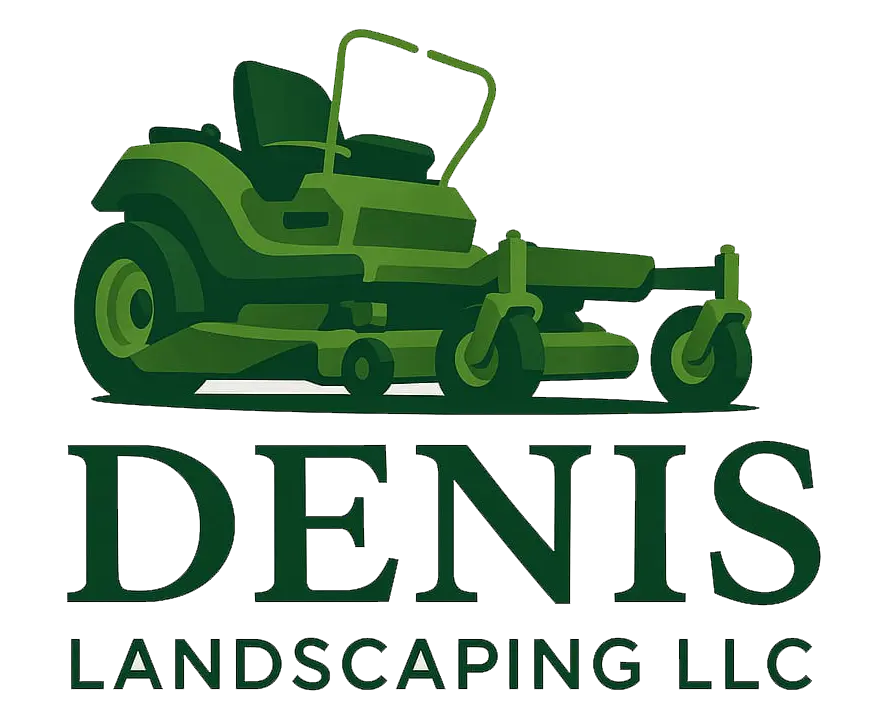How Borders and Barriers Help Control the Earth
Soil erosion is a major issue affecting gardens and landscapes worldwide. It can lead to loss of fertile soil, negatively impacting plant growth and landscape aesthetics. While many solutions exist, one effective method stands out: using borders and barriers. These tools not only enhance your garden’s appearance but also play a significant role in controlling soil erosion. Understanding how they function can help you make informed decisions about managing your outdoor space.
The Importance of Soil Stability
Soil stability is crucial for healthy plants and thriving landscapes. When soil erodes, it washes away important nutrients that plants need to grow. Additionally, erosion can damage structures and paths within your garden. By keeping soil in place, you protect both your plants and any man-made features. This creates a safer, more appealing environment. Ensuring soil stability helps maintain the integrity of your outdoor space, preventing future problems.
The Mechanics Behind Effective Borders
Borders, such as plastic or metal strips, create clear separations between different sections of a garden. These barriers hold soil in place by forming a physical boundary. They reduce the force of water runoff, minimizing the risk of erosion. For example, sloped areas benefit greatly from these borders because they prevent soil from sliding downhill during heavy rains. Using landscape edging effectively adds both utility and style to your garden.
Choosing the Right Materials
When selecting materials for your garden borders, consider both function and form. Options include stone, brick, wood, and recycled plastics. Each material offers unique benefits. Stone provides a natural look while being extremely durable. Brick gives a classic feel and is easy to replace if damaged. Wood complements natural settings but may require more maintenance. Finally, recycled plastics are eco-friendly and resist weather damage well.
Common Challenges With Garden Borders
Despite their benefits, using borders comes with challenges. Incorrect installation can lead to ineffective protection against erosion. If not placed properly, water might seep through gaps or overtop the border during heavy storms. Another issue is material degradation over time due to weather exposure. Regular inspections and maintenance ensure these barriers remain effective and aesthetically pleasing.
Steps to Install Your Borders Correctly
- Plan your layout carefully to determine where borders will be most effective.
- Select materials that suit both your garden design and local climate conditions.
- Dig shallow trenches along desired lines to firmly anchor your chosen border material.
- Ensure each section fits snugly together without gaps.
- Backfill soil securely around the edges for additional support.
Best Practices for Maintaining Your Garden Edges
Maintaining your garden borders ensures long-term success in preventing soil erosion. Regular cleaning prevents dirt buildup that could cause overflow during rainstorms. Checking alignment helps identify any shifts that might have occurred from weather or gardening activities. Minor adjustments often preserve both functionality and aesthetics without needing complete replacement.
Cost Considerations for Installing Borders
Investing in quality materials initially may save money over time by reducing maintenance needs and increasing durability. Calculate costs based on size requirements and chosen materials. Remember, spending a bit more upfront often results in fewer repairs later. Consider factors like longevity and resistance to environmental changes when planning your budget.
Enhance Your Garden Today
If you’re looking to improve your outdoor space while addressing concerns about soil erosion, consider contacting Denis Landscaping LLC today at (720) 574-9670. Based in Lafayette, CO, I specialize in providing expert advice and services tailored to your needs. Together, we can create a beautiful, sustainable environment that you’ll enjoy for years to come.
